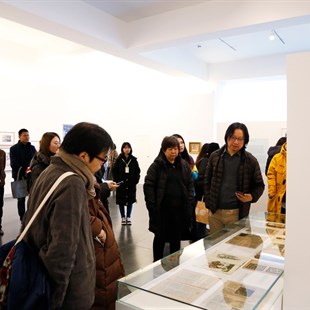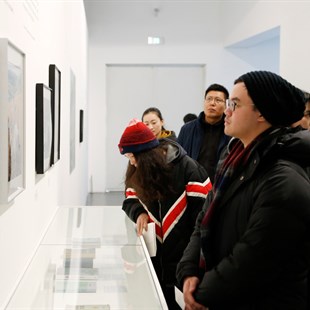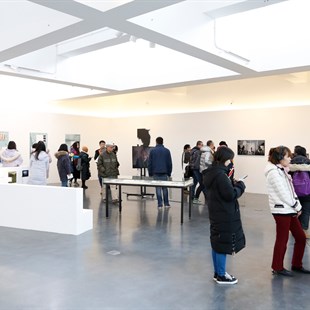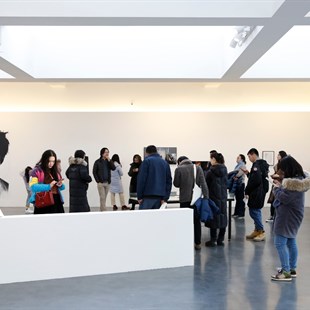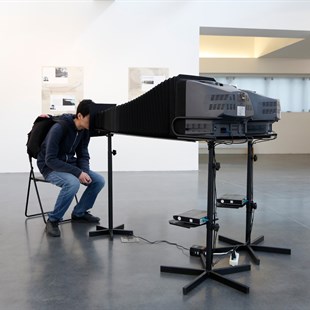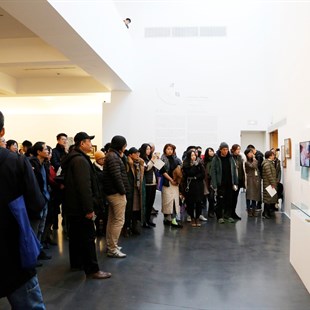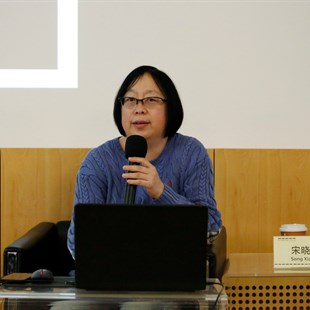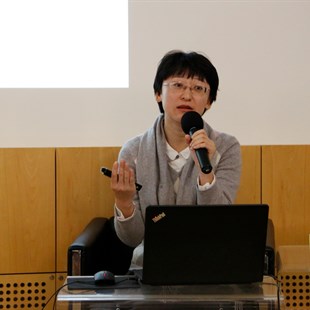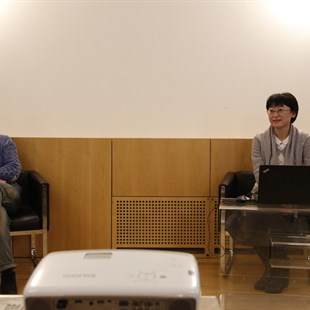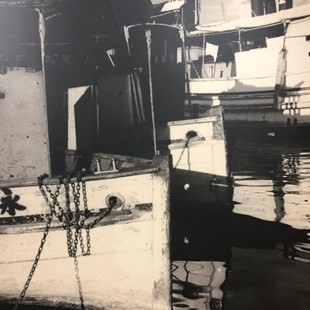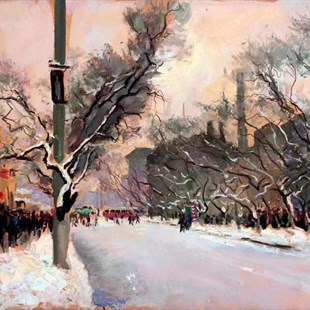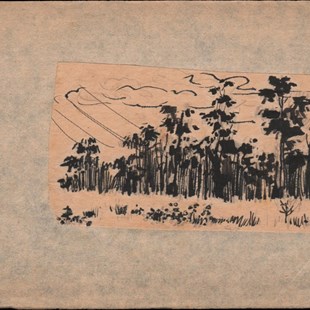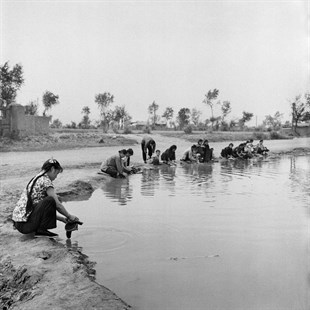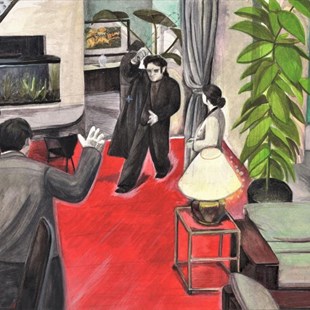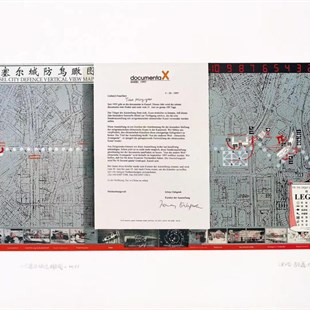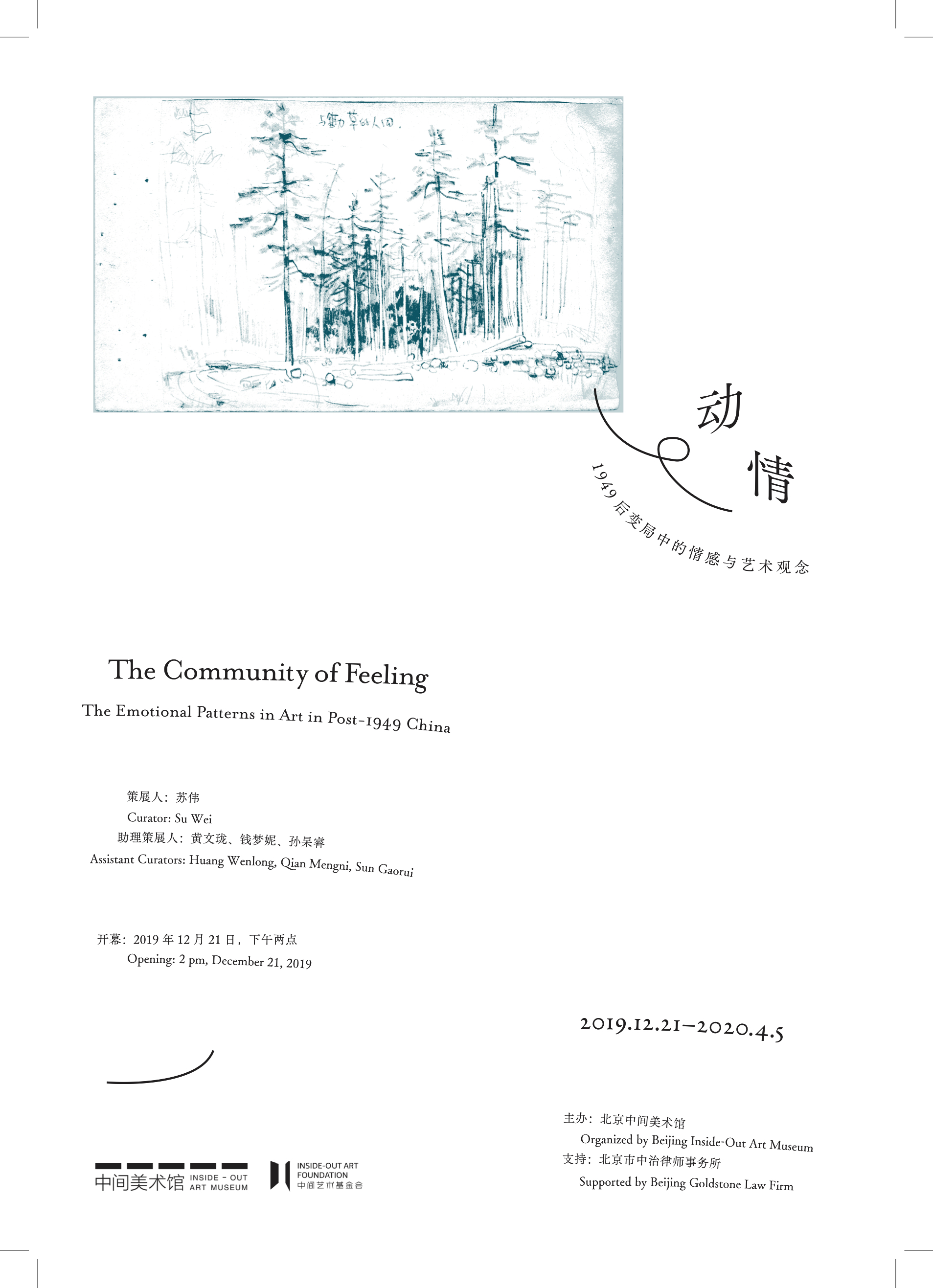
Taking “emotional feeling” as a central theme, this research-based exhibition revisits an aspect rarely emphasized in art of the socialist period, and further examines its relationship and dialogue with contemporary art. Despite being suppressed in the 1950s and 60s, emotional expression in socialist art also attained new meanings and formulations with each major shift in art. This exhibition highlights and explores related issues such as the suppression of individual feeling, the complex connections between love and revolution, the tension between private desire and concern for “the greater good”, and the political connotations of showing affection. Here, "emotion” is envisioned as a mobilizing force existing between the state and the individual, public and private, politics and art, with the exhibition aiming to describe the various connective, mediating, and critical roles emotional feeling plays in the negotiation between self and the other. In this way, we hope to rethink continuous and discontinuous dialectics in the overall framework of socialist art, and activate complex and dynamic narratives among art producers, anonymous people and groups, ethnic peoples and the nation, forming a way to dialogue with where and who we are today.
Following the ever-changing mechanisms, discourses and concepts of the art world, "emotion” re-appeared in Chinese art after 1949 and found new embodiments in the new trends of the post-1980s art world. In such a context, how do the universal questions—those concerning artistic creation in relation to humanity and history—evolve and acquire renewed definitions through time, with the intervention of “emotion”? How does the dismissal and transformation of “emotion” in contemporary art form a space of dialogue with conceptual art practices? Through deeper inquiry into these two sub-problems, we also propose emotion as a counterpoint to analyze how it offers a critique of the discourses of revolution, enlightenment, and globalization that have dominated Chinese culture.
"Emotion" is a vital force to initiate change, and it is also an echo on a wasteland after utopian dreams have ended in disillusionment; it is both feeling and action; it is a portrait of the individual fluctuating between everyday life and artistic creation, sentiment and passion; it is self-indulgence and also the motivating force provided by reason. As the first presentation of this project, the exhibition will explore emotional patterns in the art of post-1949 China through focusing on two relatively relaxed historical moments of 1956-1957 and 1961-1962, and their relationship to the period of the formation of conceptualism in contemporary art.
Participating Artists:
Chen Bo, Chen Shaoxiong, Chen Yingzhou, Dai Ze, Dong Gang, Fang Lu, Gu Yuan, Han Yong, Hong Hao, Hu Shanyu, Li Hu, Li Hua, Li Ruinian, Liang Xihong, Liu Chuan, Luo Erchun, Ma Liuming, Ma Qiusha, Ni Yide, Qin Xuanfu, Shi Zhimin, Sui Jianguo, Sun Zongwei, Tang Yunyu, Tang Zunzhi, Wang Henei, Wang Jiyuan, Wang Linyi, Wang Pengjie, Wang Qi, Wei Dezhong, Wu Dayu, Wu Guanzhong, Wu Yinxian, Wu Dezu, Xue Zijiang, Yan Lei, Yang Tao, Yang Yushu, Yip Luk-yu, Yuan Yiping, Zeng Jingchu, Zhang Anzhi, Zhang Yinghong, Zhang Zhengyu, Zhao Wenliang, Zhu Danian, Zong Qixiang
About the Exhibition:
Community of Feeling: Emotional Patterns in Art in Post-1949 China
Curated by Su Wei
Assistant Curators: Huang Wenlong, Qian Mengni, Sun Gaorui
Opening:2019.12.21
Exhibition Dates:2019.12.21 – 2020.5.24
Courtesy of Beijing Inside-Out Art Museu.
For more information, please visit: https://www.ioam.org.cn


